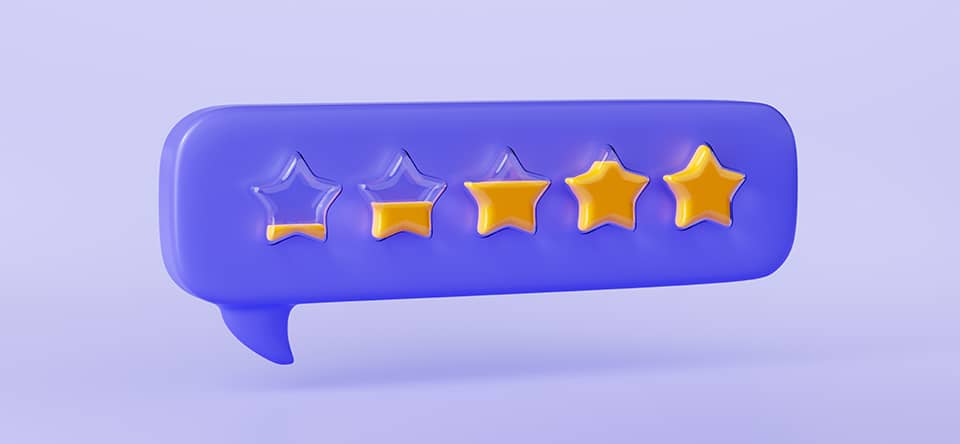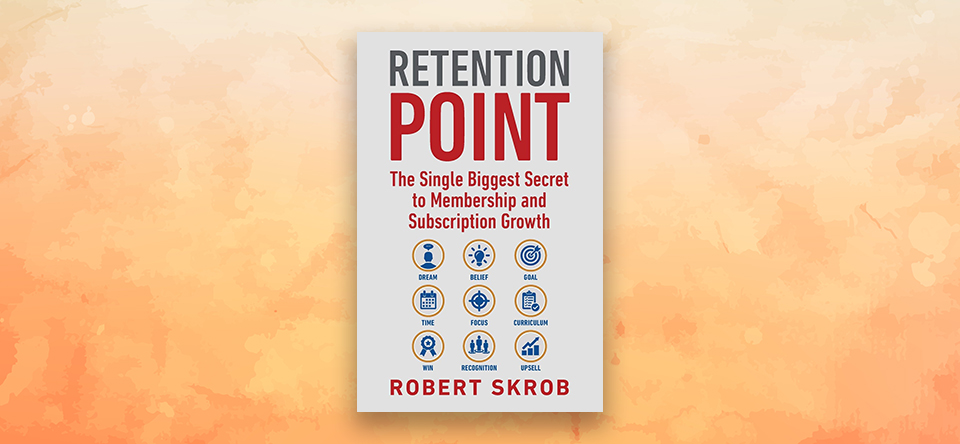Issue 028: How Spying Helped Clay Get Their First Few Hundred Customers, 4 Costly Mistakes That Kill Subscription Growth, and More

March 26, 2025 | #028 | Free Version
Welcome to Startup Blitz, a weekly newsletter full of timeless ideas and insights you can use in your online business.
🕵️ How spying on conversations helped Clay get their first few hundred customers
🔬 The most scientifically effective way to collect customer reviews
🥷 4 costly mistakes that kill subscription growth
Not subscribed? Learn more and sign up.
How Spying on Conversations Helped Clay Get Their First Few Hundred Customers

Clay is an automation platform that helps growth marketers enrich their data and automate personalized outreach.
Spying on WhatsApp Groups
So they joined as many groups as possible. Whenever someone mentioned a problem related to data enrichment, they jumped in. They offered help and often pushed Clay as a solution.
Tracking Reddit Mentions
They took the same approach with Reddit. They used social monitoring tool Syften to track conversations about data enrichment. Whenever someone mentioned a problem, the team responded with solutions (often involving Clay).
Going All-In on LinkedIn
Hiring an Industry Influencer
Clay was seeing strong traction on social media. To accelerate growth even further, they brought in Eric Nowoslawski as a certified expert. He is a well-known figure in the industry.
For potential customers, it was like having the best expert in the world helping them with their problems. They trusted Nowoslawski. So they trusted Clay too.
Building Loyalty With Slack
The Clay team regularly got on Zoom to show people how to use their product. At the end of every call, they would ask customers to join their Slack community. They only hung up after they had joined the channel.
They also removed all other support options from their website. If users needed help, they had to join the Slack community.
Customers got a lot of benefit from being put in the same place to share ideas, best practices, and questions with each other. The community also made it easy for the Clay team to get quick feedback on any new features.
This was how the Clay team got their first few hundred customers. They engaged where their audience already was, and built a community that kept users coming back.
🔬 Scientific Research: The Most Effective Way to Collect Customer Reviews

The Best Time to Ask for Reviews
According to one study, asking for reviews too early reduces review numbers by up to ~50%.
Researchers from the University of Nevada performed two randomized field experiments with over 300,000 consumers. They found that –
- Waiting 9 days increased reviews by 6%
- Waiting 13 days increased reviews by 68%
So wait at least 10 days before asking for a review.
And if you are selling software, do it based on usage. Ask for reviews when they are most likely to hit their “aha” moment.
The Right Way to Frame Your Request
You can just say, “Please leave a review.” But the best way is to tap into what motivates your customers.
Matt Vance, in his book The Review Cycle, shares some fantastic strategies. For example, if you want to appeal to their desire to give back to the community, you can say:
- “Pay it forward by sharing your feedback with other people. Rate us on G2.”
- “Do you read reviews before buying? Help the next shopper by rating us online.”
- “We’re a small business. Your review helps us grow. Give us a review on Trustpilot.”
You can also ask for feedback:
- “Loved your experience? Share your feedback in a review to help us be even better.”
If you want, you can also offer incentives like discounts, gift cards, or contest entries to boost participation.
How to Minimize Negative Reviews
But that’s not a bad thing. Research shows that a few negative reviews actually build credibility. When all reviews are 5 stars, shoppers start to suspect they’re fake.
So don’t try to hide negative reviews. But you should still try to minimize them as much as possible.
One way to do that is to nudge unhappy customers to support before they post publicly. Frame your review request email like this:
Thank you for shopping with us!
[Leave a Review]
Need some help? Our support team is here for you. Reach us by replying to this email.
Should You Send a Follow-Up?
Yes. Some customers will find it annoying. But reminders work. Send a follow-up 3–4 days after your first request. It will increase your review numbers significantly.
📖 Book of the Week: 4 Costly Mistakes That Kill Subscription Growth

This week, I want to highlight Retention Point by Robert Skrob.
In this book, the author shows how to grow membership and subscription business by solving the biggest challenge – keeping members from quitting.
Here they are:
Mistake 01: Giving Members More Value
“You’ve likely heard that you keep your members by giving them more value. And if you are seeing members quit, one of the first things most people will tell you is to deliver more value to your members.”
“Here’s a simple example. If you deliver a 12-page newsletter each month, double it to 24 pages and you’ll cut your churn rate in half, right? No, more value doesn’t equal more retention.”
“Value is like water. Too much water is just as bad as too little. When you deliver too much value, your member becomes overwhelmed. Your member starts feeling bad that he isn’t using what he purchased, and so he wants to quit.”
Mistake 02: Using “Pain of Disconnect” Benefits to Stop Them From Quitting
“The dream of most membership marketers is to provide members with a benefit that’s so valuable that they incorporate it into their daily activities and can’t imagine life without it. Better still, when it’s removed from their lives, they feel a huge sense of loss or it becomes a disruption.
Mistake 03: Showing Them Exactly What to Do, Step by Step
“Why would you ever position yourself as a teacher? Teachers inspire apathy, studying for what’s going to be on the test and doing barely enough to get a desired grade.
Mistake 04: Sending New Members the Same Stuff All the Rest of Your Members Receive
“When you are looking to start a new television series, do you open Netflix, find a new show, navigate through available episodes and then begin with season #2, episode #8? No, you start with season #1, episode #1.
“So why do you throw your members into whatever you happen to be sending this month? If you are delivering something each month, do your new members get the same thing all the rest of your members receive? How could your new members appreciate it the same as members who have been around for several months?
(Lightly edited for brevity)
You can find the book on Amazon or any major bookstore. I highly recommend reading the full book.
Thanks for reading. I hope you have found at least some of these tips helpful.
Until next week!
You are receiving this email because you subscribed to Startup Newsletter. You can Unsubscribe from here.